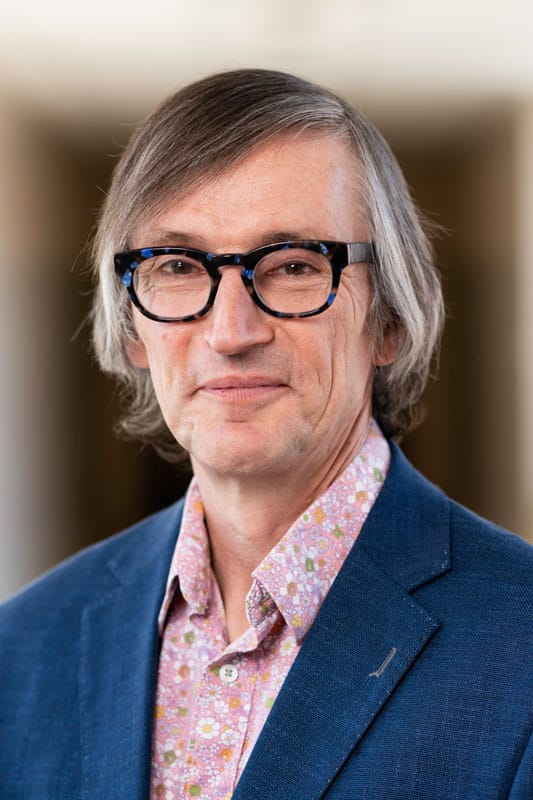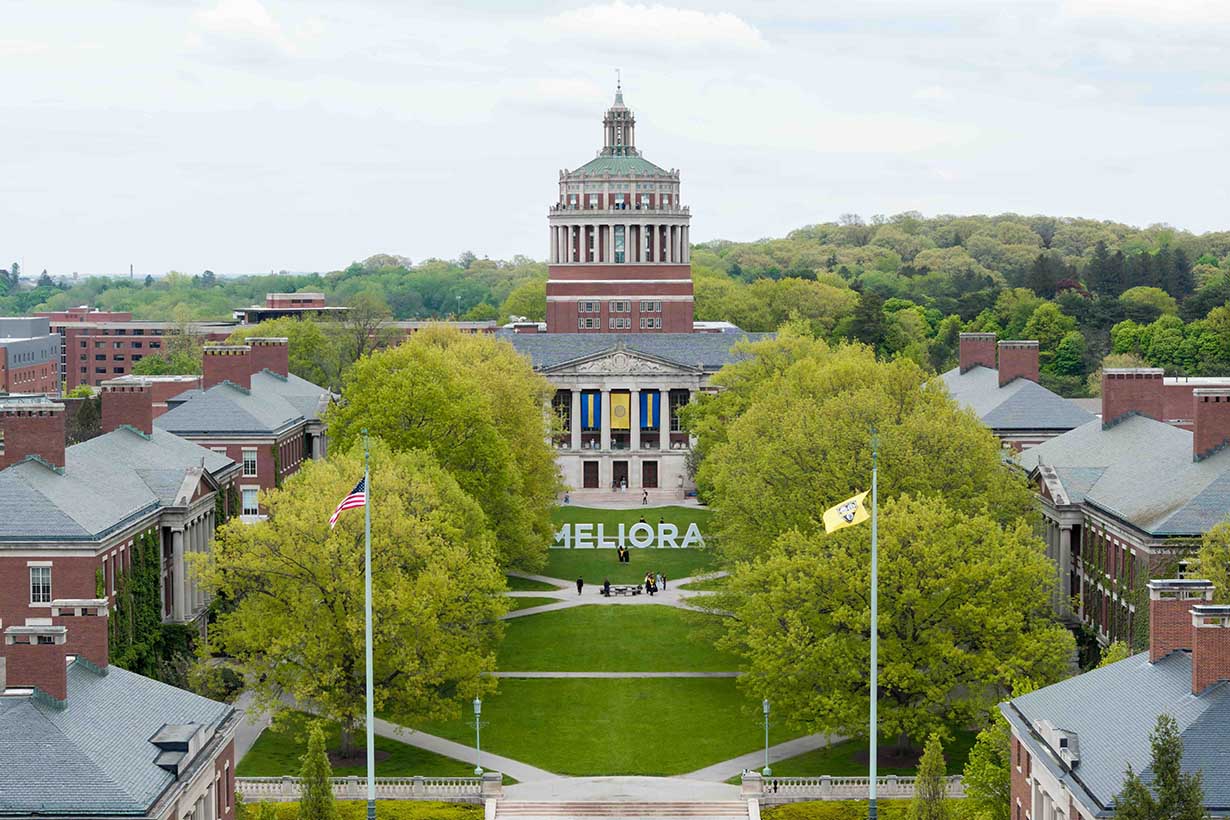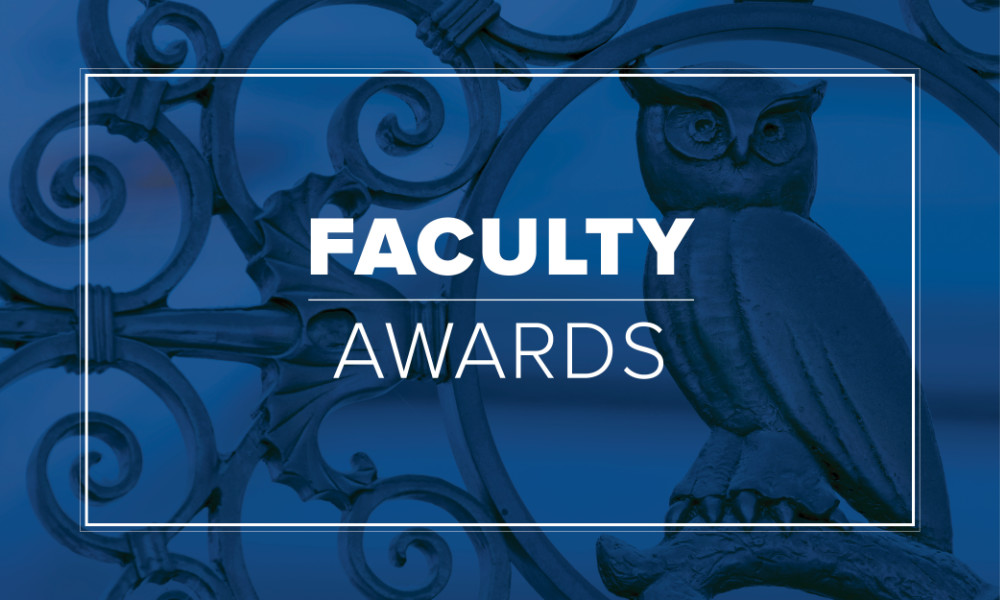URochester’s vice president for research addresses sweeping shifts in federal research policy and their implications for the University.

As World War II was coming to an end, it was abundantly clear that universities were sources of critical science and technology. When President Franklin D. Roosevelt sought to fuel American prosperity in peacetime, he turned to his science advisor, Vannevar Bush, who provided the answer in his report, “Science, The Endless Frontier”: keep funding basic research and have universities conduct it.
Bush’s report became a blueprint for the modern research university and sparked an entirely new US research ecosystem, including the creation of the National Science Foundation (NSF).
Today, universities like the University of Rochester are trying to find their footing in a vastly different landscape. Federal policies, funding models, and public expectations are pushing universities away from basic research toward economically driven science. In other words, measurable outcomes—such as innovation and national competitiveness—are favored over discovery, which is less predictable but could yield world-changing results.
In his Leadership Conversations talk, Steve Dewhurst, the vice president for research and chief research officer at URochester, offered a frank assessment of the current and continuously evolving climate (shaped by more than 200 executive orders) and how the University is responding.
Here are five takeaways.
1. Major funding challenges loom large.
Indirect or “facilities and administrative” costs are effectively what universities pay for lab maintenance, building utilities, and other infrastructure needs, and they were the first serious pain point Dewhurst called attention to.
Typically, universities recoup indirect costs through a portion of federal grant awards. There’s an expectation that the federal Office of Management and Budget will revise its Uniform Guidance to cap reimbursements at 15 percent (at least 35 percent less than what was common). If the cap is enforced, URochester and others would need to absorb tens of millions of dollars in annual costs.
“Our government relations team and others are very engaged in explaining why we think [a 15 percent indirect cost cap] would be a very bad idea, but it’s a possibility.”
Dewhurst speculated on the possible adoption of the FAIR Model, a cumbersome and still fairly costly methodology for indirect cost reimbursement.
A second notable concern is the new National Institutes of Health (NIH) policy of forward or multi-year funding. Previously, multi-year NIH grants were funded year by year, but now, funding is provided in a single lump sum. The result means fewer NIH grants each year. Case in point, URochester saw its R01 awards go from 41 (2024) to 15 (2025).
Dewhurst also shared data from a New York Times article on NSF funding showing a 50 percent reduction in overall funding, where not all disciplines lost equally. The point here was that, over the next several years, it will be very difficult to get federal funding in many areas where URochester has people actively doing research.
2. URochester will respond with resilience.
Despite the financial and policy turbulence, Dewhurst offered some bright spots worth celebrating, including URochester joining the prestigious ranks of Nathan Shock Centers of Excellence in the Basic Biology of Aging and a URochester-led STELLAR (Science, Technology, and Engineering of Laser and Laser Applications Research) project being named a finalist in the NSF’s “innovation engines” competition.
Still, many members of URochester’s research family are stressed, scared, and possibly angry. And many are likely wondering what to do now. Dewhurst gave an unflinching path forward, starting with a call to act with “productive urgency,” a phrase he borrowed from Brené Brown, a research professor of social work at the University of Houston.
“We have to make tough decisions—that’s the nature of the environment we’re in right now. But we need to be intentional about priorities and strategic about what we do.”
He went on to encourage researchers to pull together and keep submitting grant proposals, stressing the need for resilience and that faculty be ready to pivot and go where the funding is.
Graduate students are also feeling the squeeze of the current research ecosystem, mainly through changes in indirect costs mentioned earlier. The University—which spends $10 to $15 million annually on graduate education—is planning to begin charging graduate tuition directly to research grants to sustain these programs, which Dewhurst noted, almost all of URochester’s peers already do. It’s a move Dewhurst is discussing in great detail with the Faculty Senate, although many details still needing to be resolved. Nevertheless, Dewhurst assured that URochester is not dropping graduate education.




